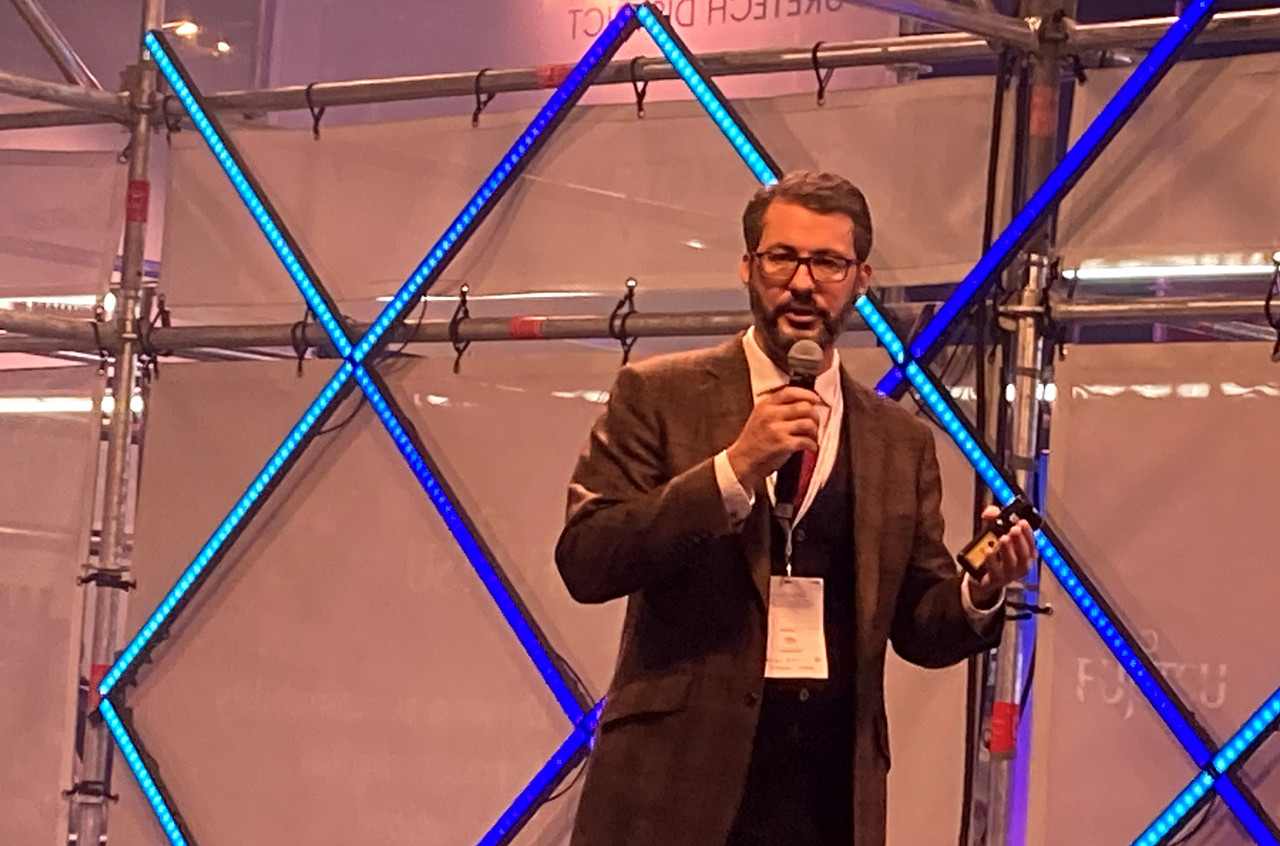Virtual reality headsets have been used for educational purposes for almost 20 years now. More often than not, it is augmented reality or virtual reality that is used for educational purposes. “The latest helmets can even be used to combine the two”, explained Aaron E. Walsh. “At the end of the sessions with these digital tools, the children would often ask us ‘What’s my score?’ And we’d have to explain to them that we thought it was great that they’d had fun learning, but that it wasn’t a ‘real’ game and so there was no score."
Ease of use
Today’s digital renderings are so much more realistic that it is sometimes impossible to distinguish between a real image and a digital rendering. Sound can be spatialised, and body movements reproduced in the virtual world, including walking on a specially designed mat.
Artificial intelligence can be coupled to these tools, giving them a higher level of complexity and elaboration. “Artificial intelligence has also greatly democratised the production of virtual reality. What used to take a week to make can now be done in a few minutes by AI, opening up new possibilities for educational tools. All these technological advances mean that digital worlds are becoming increasingly realistic, plunging users into immersive worlds that are very close to reality. For students, virtual worlds are therefore increasingly similar to what they might experience in real life.”
Earning tokens as you learn
The idea of earning tokens while learning has also gained ground. “Why not earn tokens when a student reaches a certain level of knowledge? They could then convert these tokens to continue a course of paid study, go to university or buy basic necessities for themselves or their families. This could be a solution for children living in poverty who don't have the opportunity to go to school because they have to work to support the family.”
A partnership is currently being set up with the United Nations on this subject, and hackathons are being organised in various parts of the world to develop the solutions that would enable this system to be put in place. Stay tuned.
Originally published in French by and translated for Delano
